Do you think you can juggle multiple tasks and not flop any of them? Well, let’s just say that the myth of multitasking was busted a long time ago. But don’t worry, you can still bet on *remote* cross-functional teams that are up for the task (or two). 🏋️
Regardless if you are a freelancer or work as part of a remote team, some tasks and projects are just too big for one person. Embracing the power of cross-functional collaboration will let you (and your team) be more productive, organized and always a step ahead of the curve.
🤹♀️ What Is Multitasking?
1. General: The ability of an individual to execute or complete multiple tasks simultaneously
2. Computers: The ability of a computer to run more than one program or process at one time by a single user
BusinessDictionary.com
The craving to cram more than one task or activity in the same time frame is nothing unusual. Chances are, you too are reading this article to some tasty riffs blasting from your headphones.
So, why do we do that?
For starters, your day has only 24 hours. And there are so many things to do, every single day. More pragmatic reasons are bloodthirsty deadlines, the illusion of being more productive and the good ol’ fear of missing out (FOMO).
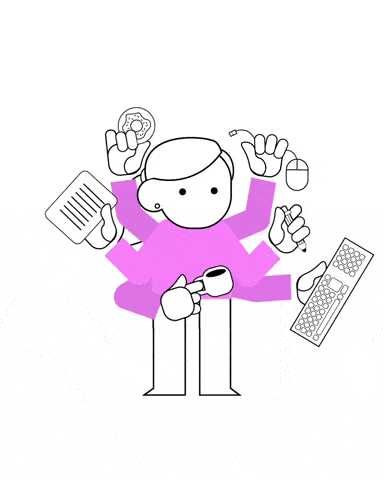
Are you still here? Good.
Now, before your attention span runs out, let’s have a look at some typical multitasking scenarios. We’re sure you’re familiar with at least some of them:
- 🔍➕🍿 Researching an article while watching your favorite movie
- ✏️➕👥 Taking notes (or doodling) during a video conference
- 📞➕📨 Talking on the phone while trying to reply to an email
- ⌨️➕💬 Editing a document while chatting over project details
- 🎙➕🗞 Listening to a podcast while reading an article online
- 📱➕💻 Replying to customer questions on multiple channels
At the onset, combining these activities may seem like a swell idea. Not only you can do more than you’d working sequentially but you also save plenty of time in the process.
Right?
The reality is a tad more complicated.
🤔 What Happens When You *Think* You’re Multitasking
Here’s the thing, the human brain is not really capable of multitasking. When you *attempt* (mind the emphasis) to perform multiple activities simultaneously, you merely shift focus from one task to another (1).
It’s a process called context switching.
Imagine you’re typing a report when an email notification pops up on your screen. You *stop* what you’re doing to digest the new information and get back to writing. A similar thing happens when you’re taking notes during a video conference—you process the information, write it down and resume focus on what’s being said.
But there’s a problem.
The rapid switching between tasks comes at a cost. The more taxing and complex the activities are, the longer it takes to regain focus after the switch. The cost you have to pay for trying to multitask is called the cognitive switching penalty.
According to Paul Atchley, associate professor of Cognitive Psychology at the University of Kansas:
“(…) we know that multitaskers do less and miss information. It takes time (an average of 15 minutes) to re-orient to a primary task after a distraction such as an email. Efficiency can drop by as much as 40%. Long-term memory suffers and creativity — a skill associated with keeping in mind multiple, less common, associations — is reduced.”(2)
Long story short, multitasking leads to:
- ⏳ Time and focus gaps between activities
- 📉 Decreased productivity (up to 40%)
- ❌ Increased risk of making mistakes
- 🤯 Increased chance of burnout
- 🧠 Impaired memory and creativity
“So, what does it all have to do with remote cross-functional teams?”
⚡ Cross-Functional Teams = Effective Multitasking
What Is a Cross-Functional Team?
Cross-functional teams are made up of employees with diverse functional expertise and skillsets. Although they stem from different parts of a company, like marketing and engineering, they work together toward a common goal as self-contained, autonomous units.
Sounds familiar?
The concept of cross-functional teams is deeply rooted in the Agile methodology. According to the Official Scrum Guide: “Cross-functional teams have all competencies needed to accomplish the work without depending on others not part of the team.”
Other examples of cross-functional teams include:
- 🎨 Marketing agencies. They combine programmers, graphic designers, copywriters, account managers, art directors and account managers
- ⚙️ Product development teams. Depending on the industry, they can group product designers, marketing specialists, developers and project managers
- 🤝 Customer support teams. Cross-functional customer support teams can include support agents, accounting officers and technical back office (developers) for a quicker and more complete customer experience
When you come to think of it, cross-functional teams achieve what individuals can’t. They multitask *effectively*. By combining a range of functional competencies, they close the skills gap and tackle projects without having to outsource or queue anything.
How Do Cross-Functional Teams Multitask?
In more traditional functional teams, employees are grouped based on their field of expertise. So, for example, you can have an entire team of designers or copywriters working together on a project. This approach makes collaboration and communication pretty much siloed.
Cross-functional teams, on the other hand, excel at distributing the workload internally, based on each team member’s unique skills and competencies. They’re mostly autonomous too so the feedback loop is much shorter and requires no external input.
💡 Teamwork Trivia: Did you know that the concept of cross-functional teams dates back to the 1950s? It was first used by a Wisconsin insurance company Northwestern Mutual Life. Thanks to the new interdisciplinary approach, the company was able to explore and adopt computerization ahead of the competition.
Inc.
All that enables cross-functional teams to tackle different slices of projects simultaneously, without bottlenecks. They can deliver a complete product, from conceptualization to marketing it to customers, without passing the baton to other teams and departments.
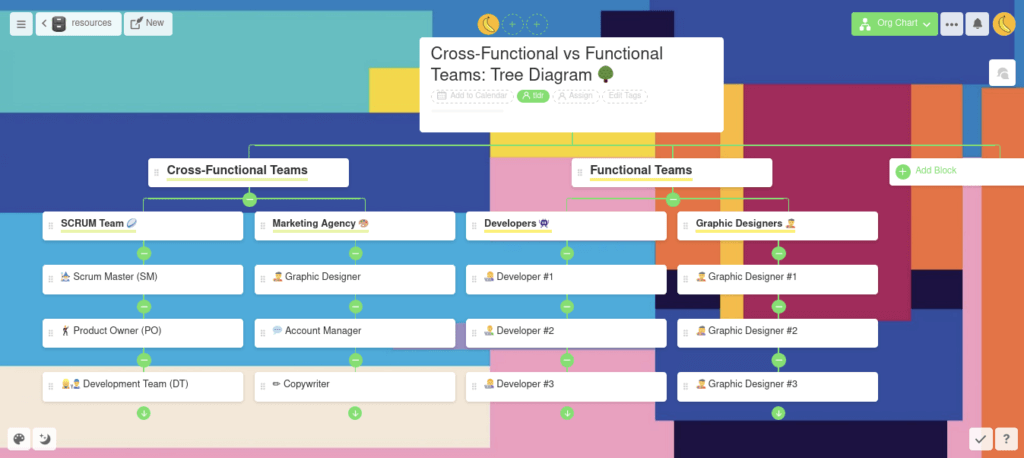
This kind of interdisciplinary multitasking isn’t only possible for teams. With the right set of collaboration and communication tools (wink wink, nudge nudge Taskade 🐑), work can be effectively shared across departments, divisions and branches, even remotely.
If you want to learn more about Agile and autonomous squads, be sure to follow up with our articles The Sound of Remote Collaboration and Remote Scrum 101.
Now, wait a minute. We’re not done yet.
What Are the Benefits of Cross-Functional Teams?
- 🤝 High alignment. Members of interdisciplinary teams may stem from different functional units, but they work together toward one goal. Although such teams are mostly autonomous, they understand both team-wide and company-wide mission and values
- ⚙️ Natural collaboration. When each team member has a different set of skills and unique expertise, collaboration happens organically. And with that comes cross-pollination of ideas and omnidirectional knowledge transfer
- 🔀 Non-linear approach. Set a group of designers to work on a problem and they’ll give you an elegant and aesthetic solution. Do that with engineers and you’ll get a practical but technically impressive workaround. When you combine these two approaches, you get out-of-the-box thinking at its finest
- 🧰 No skill gap. Teams that come packed with a wide spectrum of functional skills can handle most projects from beginning to end. They need little or no external guidance and seldom have to bring external talent on board
- ⏱ Reduced cycles. Thanks to internal decision-making and shorter feedback loops, production/development cycles are simple and efficient. Interdisciplinary teams can move from ideation to execution without wasting time on external vetting
- 💬 Frictionless communication. Unlike employees that communicate with each other on an ad-hoc, per-project basis, cross-functional teams collaborate continuously. They can cultivate team camaraderie built on trust, transparency and their track record
🐑 How to Multitask in *Remote* Cross-Functional Teams
1. Focus on the Right Goals
Your team won’t be able to score without having clear goals in view. With little oversight and interference from the “outside,” remote cross-functional teams need to learn how to effectively self-organize and prioritize work.
But don’t worry, Taskade includes handy templates that’ll help you do just that.
Here are our top picks of the day. 🏆
2. Distribute the Workload
So, with all that talent collaborating across time zones, how do you effectively distribute work? After all, the goal here isn’t only to assign tasks and call it a day. You have to make the process transparent so each team member knows what their peers are working on.
In Taskade, you can distribute the workload in two ways, either by using the Assign Task feature or mentioning a team member with @+username anywhere in the Project space.
Like this. 👇

You can read more about assigning tasks in our Taskade Help Center.
3. Share Resources
At some point, your team might want to exchange documents, videos, images and other project assets. And we have you covered. All you have to do is use the upload functionality or drag and drop your files to Taskade’s chat window.
It’s that simple. 🕺
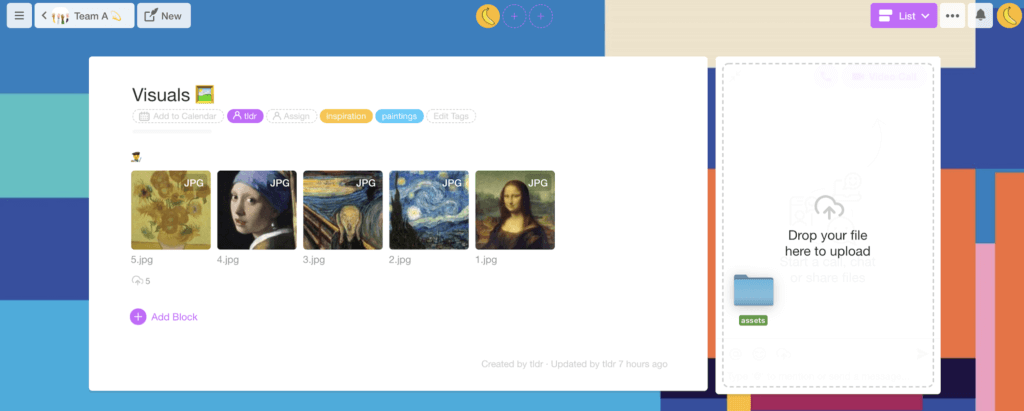
4. Manage Multiple Projects
While you can’t do two things at the same time (science), you still need a way to maintain, manage and moderate everything your team does.
Work organization in Taskade breaks down into three key units:
- 🌳 Workspaces. A Workspace is where all your Projects live. It’s essentially a team-wide remote workspace that can be populated with your ideas (even the crazy ones)
- 🌿 Subspaces. A Subspace lets you carve out smaller collaborative spaces stacked under a Workspace. They improve the visibility of individual projects and make your remote workflows easier to navigate
- 🌱 Projects. A Project is the smallest organizational unit in Taskade. It’s a collaborative space that contains tasks, checklists and documents, just to name a few
5. Create a Roadmap
So, your team has clearly defined goals and a mission to accomplish. But where do you start? How do you make sure you’re all going in the same direction? And most importantly, how will your track progress and milestones along the way?
Thanks to Taskade’s Roadmap feature, you can visualize individual projects on a timeline. 👇

6. Communicate Without Friction
Want to know the secret ingredient that makes *some* distributed teams so effective?
Here it goes…
It’s frictionless communication that doesn’t get in the way. The goal here is to balance work and team communication in such a way that the two create a synergy rather than an obstruction.
So, what makes Taskade’s approach different? We combine a project management platform and a communication tool in *one* app. Just so you don’t have to shuffle windows, ever again. 👍
💡 Conclusion
The science is unrelenting: Multitasking doesn’t make you more productive. When you *attempt* to juggle several tasks, you risk losing time, momentum and making a whole lot of mistakes in the process. The good news is, you don’t have to be a jack of all trades (and master of none).
Thanks to complementing skill sets, remote cross-functional teams can bite into several slices of any project simultaneously. And the best part? They can do so effectively and autonomously.
If you’re looking for a simple yet powerful tool for your cross-functional team, Taskade has your back. You can sign up and create a free account here (click).
Before you go… here are a handful of similar Taskade articles you may enjoy. 👇
- Minimalism in a Digital Remote World 🧘
- How to Foster Remote Team Camaraderie 🤝
- How To Build a Second Brain for Distributed Teams 🧠
- Collaborative Task Management: The Origami Method 🦩
Till next time, Taskaders! 👋
🔗 Resources
- https://www.apa.org/research/action/multitask
- https://hbr.org/2010/12/you-cant-multi-task-so-stop-tr
- https://blog.rescuetime.com/multitasking/


 14 Best AI Tools for Planning and Running Meetings
14 Best AI Tools for Planning and Running Meetings  Creating Customer Service SOPs: A Guide for Streamlining Your Support
Creating Customer Service SOPs: A Guide for Streamlining Your Support 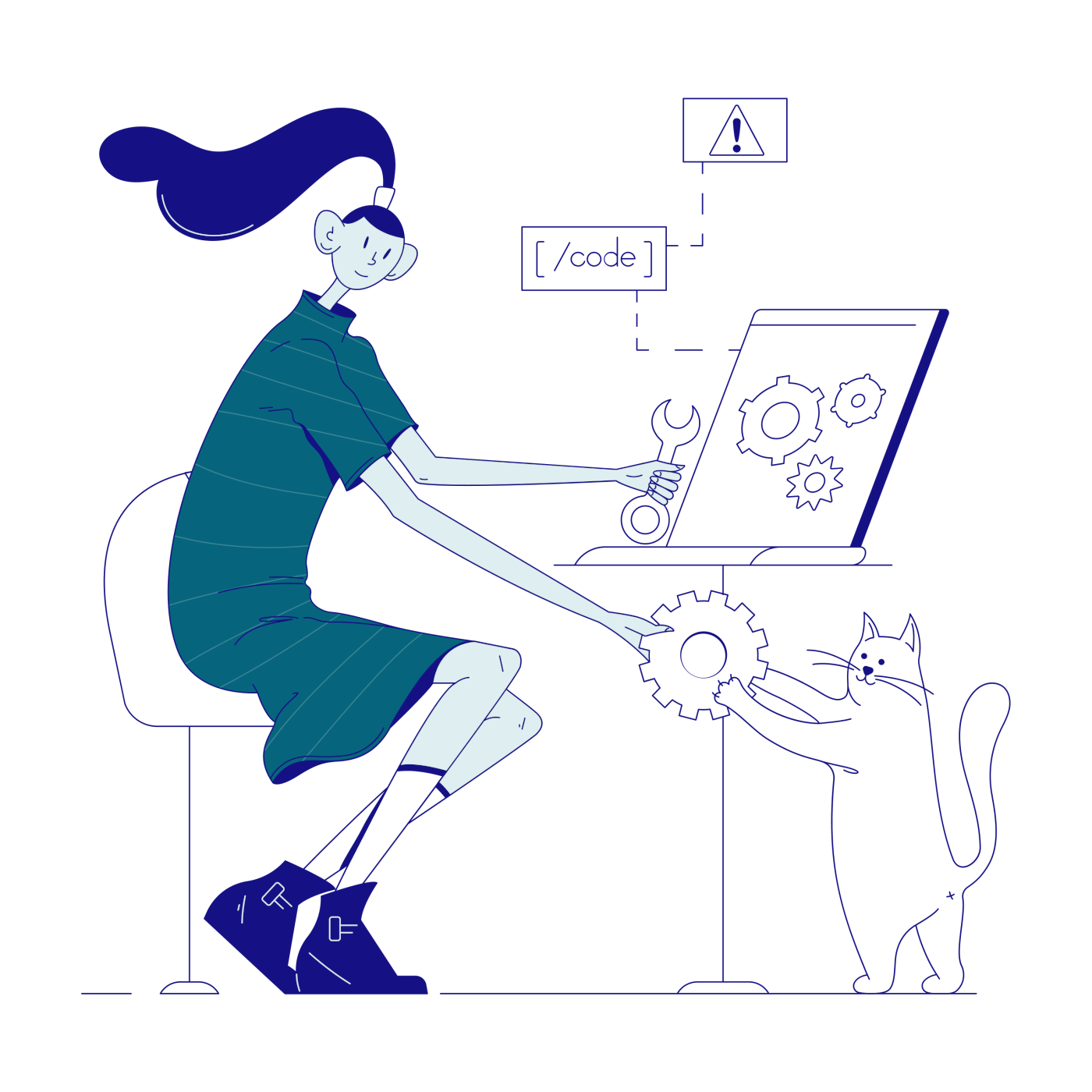 15 Top AI Content Marketing Tools for Remote Teams
15 Top AI Content Marketing Tools for Remote Teams 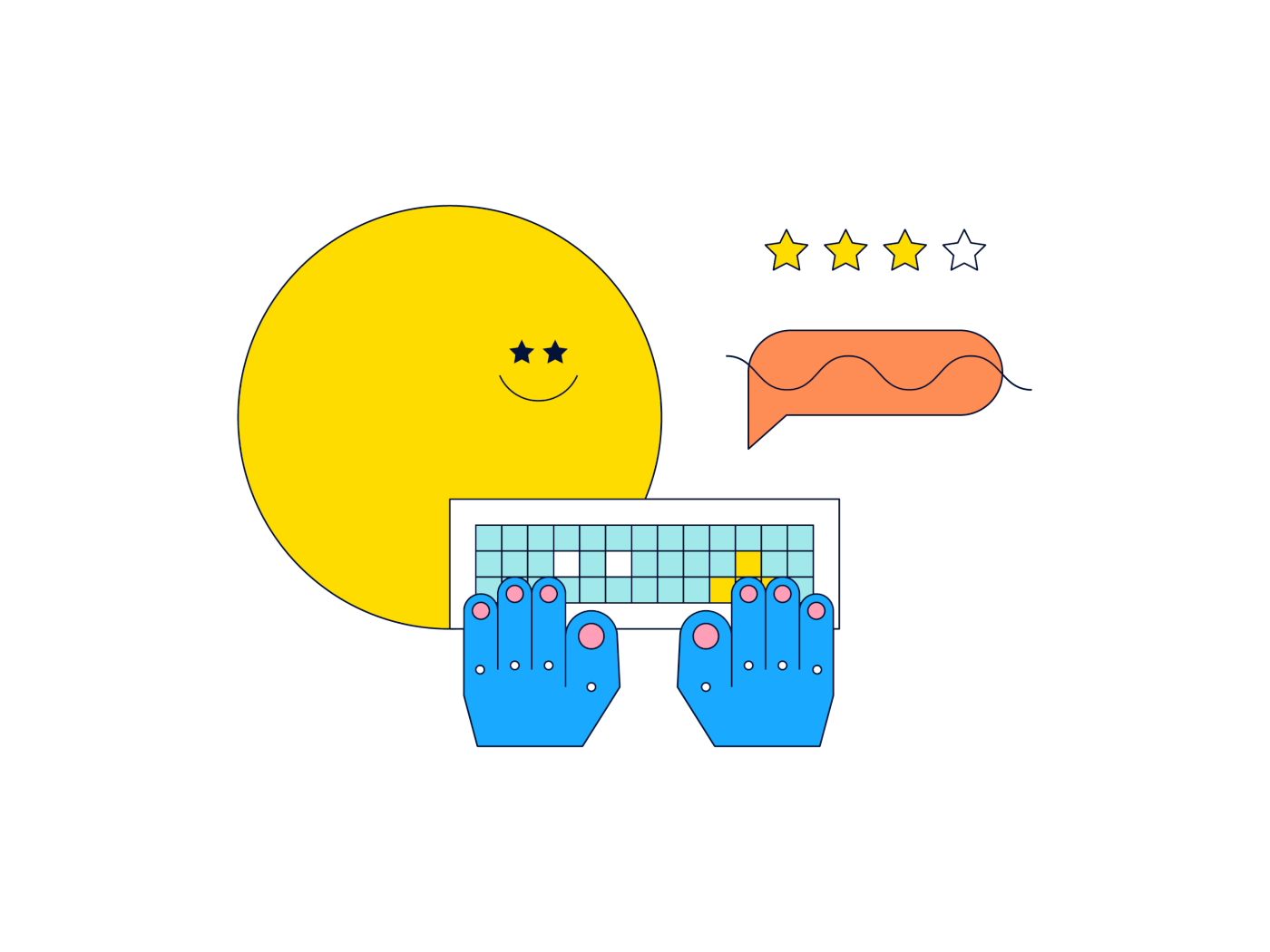 9 Top AI Brainstorming Tools for Virtual Teams in 2024
9 Top AI Brainstorming Tools for Virtual Teams in 2024  14 Best AI Collaboration Tools for Remote Teams (Updated 2024)
14 Best AI Collaboration Tools for Remote Teams (Updated 2024) 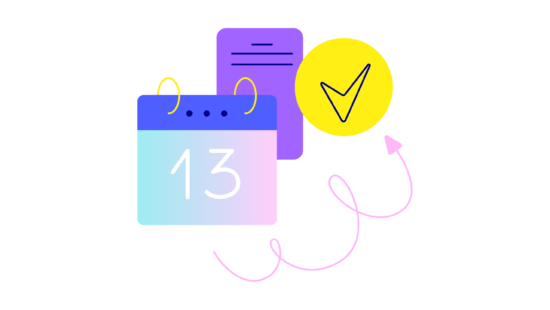 What Are SOPs? Building Effective SOPs With AI in 2024
What Are SOPs? Building Effective SOPs With AI in 2024